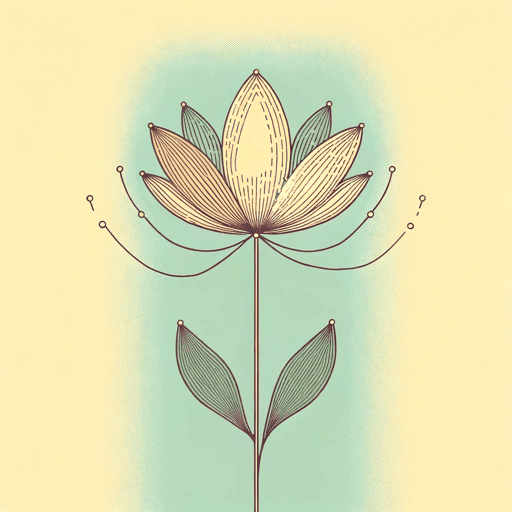94 pages • 3 hours read
Linda Sue ParkWhen My Name Was Keoko
Fiction | Novel | YA | Published in 2002A modern alternative to SparkNotes and CliffsNotes, SuperSummary offers high-quality Study Guides with detailed chapter summaries and analysis of major themes, characters, and more. For select classroom titles, we also provide Teaching Guides with discussion and quiz questions to prompt student engagement.
Character Analysis
Sun-hee (Keoko)
Sun-hee is in many ways the primary character, though she is not the only narrator. Her stories reveal the additional struggles of being under Japanese occupation as a young Korean girl. Because of gender expectations, her character develops differently and she must navigate other sets of complications that the male characters don’t. From the onset, it’s clear that Sun-hee is rebellious, aware, spirited, and inquisitive—defying her expected role as a quiet and subservient daughter. Her toughness and fearlessness are critical elements of the story and are often turning points for other characters, whose outcomes change because of Sun-hee’s involvement (i.e. informing Uncle to flee). The contrast of her character’s boldness increases due to the other Korean and Japanese schoolgirls she is around, who exhibit a fear and lack of control that only amplifies Sun-hee’s strengths:
Now some of the girls had tears rolling down their faces. Others moved their lips in silent prayer. The girl next to me had fallen over in a faint. Oddly, this made me feel stronger. I didn’t want to faint; I wanted to be aware, to see what happened (109).
Related Titles
By Linda Sue Park






